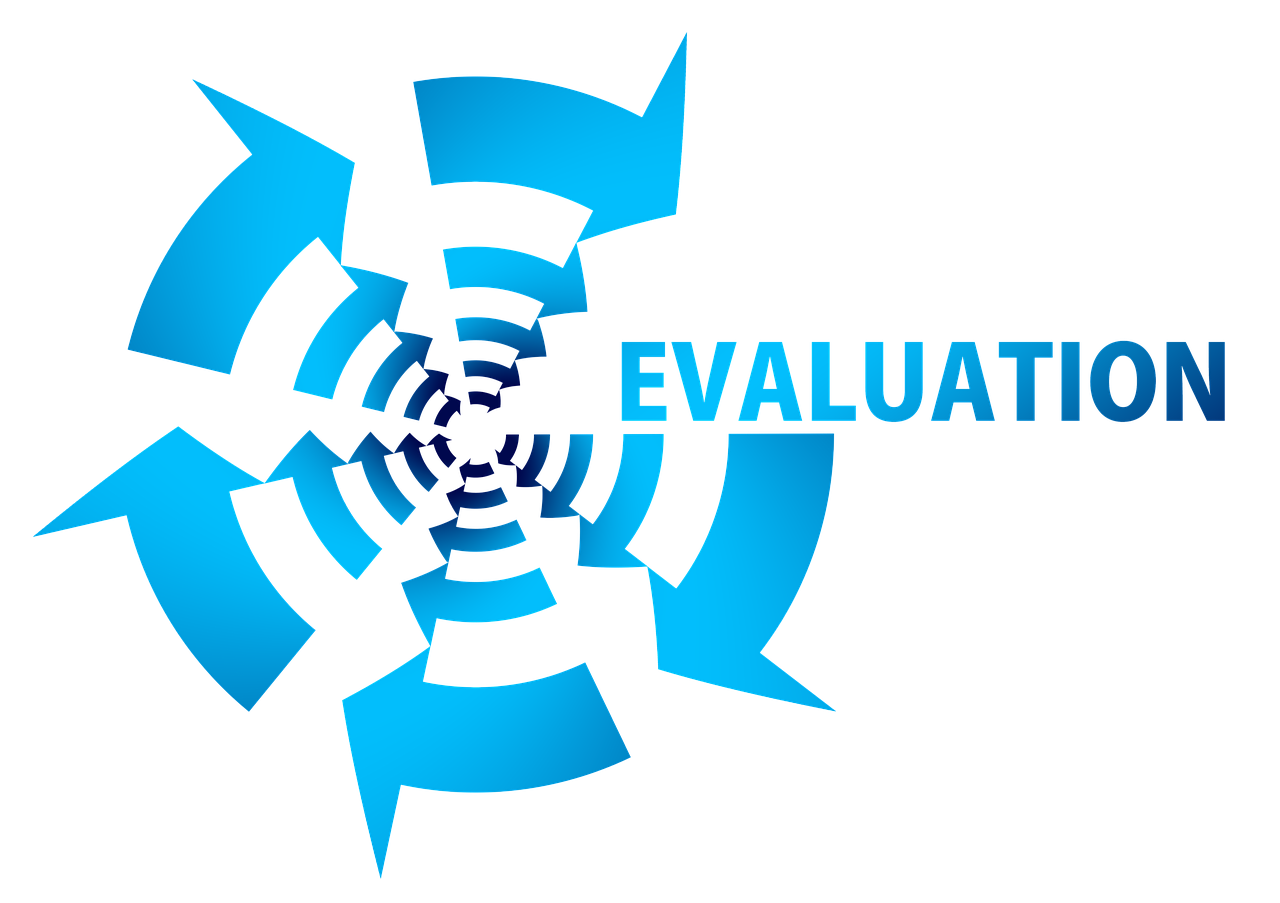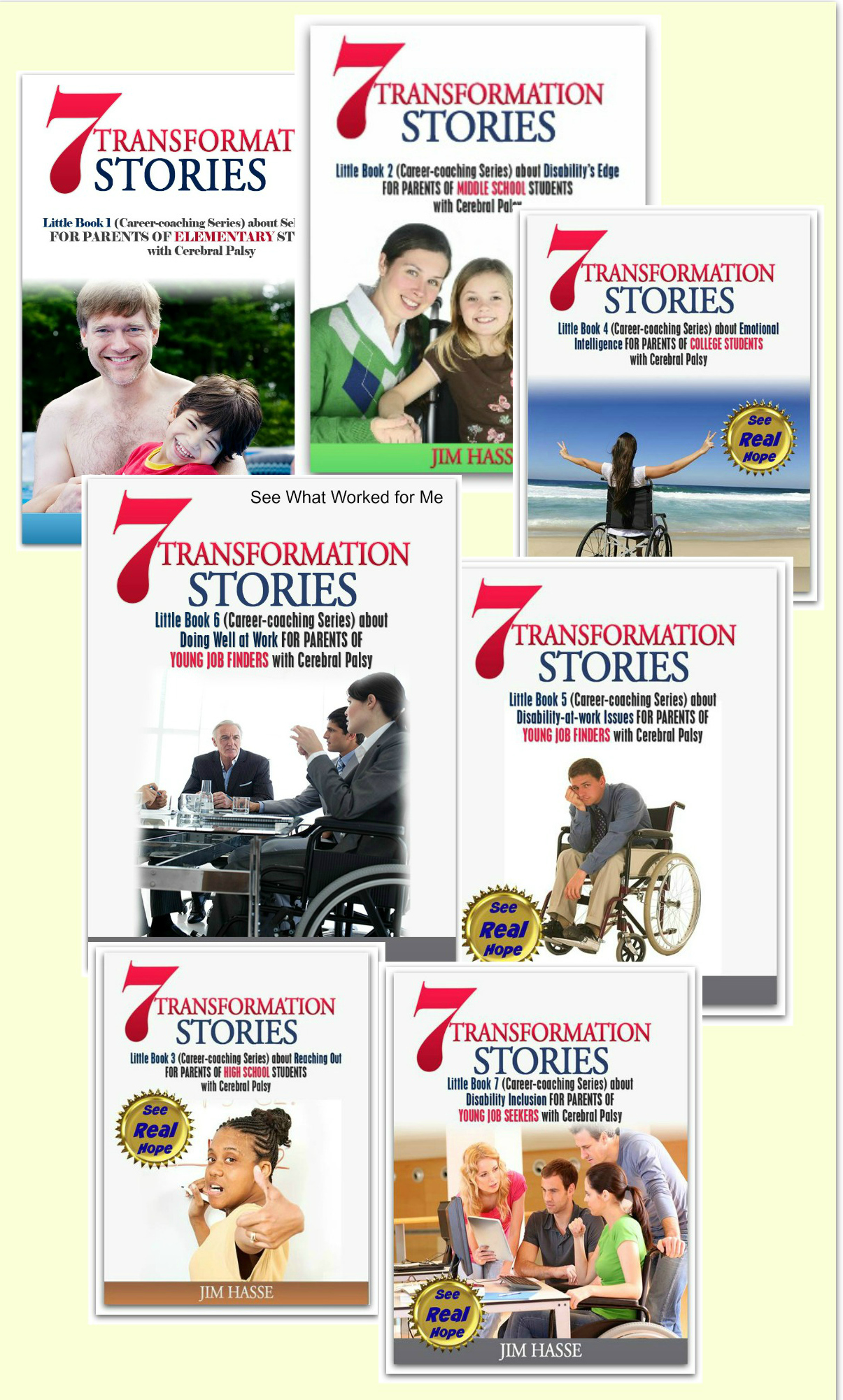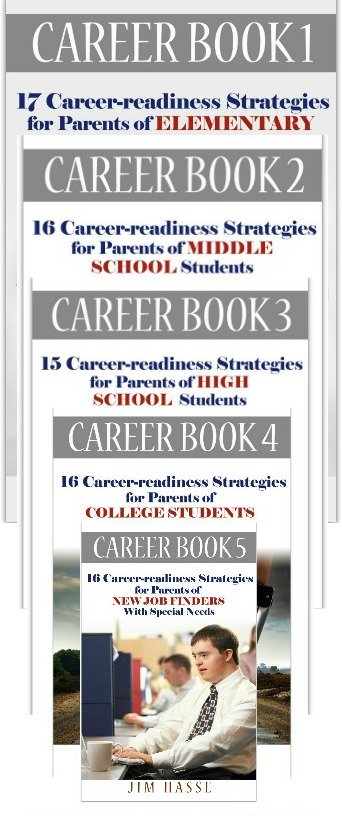Career Assessment
Information:
Cerebral Palsy Career Builder for Job Seekers
By Jim Hasse, ABC, GCDF, Disability Employment Expert
_________________________________________________________
Continually updating career assessment information is crucial today for the job seeker with cerebral palsy (CP) you’re guiding as a parent, coach or mentor.
Under the “new economy,” old occupational categories and traditional notions about what skills are in highest demand (the essentials of career information) don't quite ring true anymore, says Robert B. Reich, former U.S. Secretary of Labor, in "The Future of Success" (2001, Alfred A. Knopf, New York).
I was curious about how Reich’s vision back in 2001 stacks up with today’s reality and what that means to those of us with CP who are trying to navigate the job market. So, I revisited Reich’s “new economy,” and here’s what I have found. I hope some of this career assessment information is helpful to you and your job seeker.
For decades, according to Reich, U.S. government and industry leaders have classified jobs according to these familiar categories:
-
Managers
- Professionals
- Sales
- Administrative support
- Service workers
- Production workers
Back in 2001, Reich
believed these job classifications were becoming increasingly outdated as the
U.S. moved into the “new economy.”

Defining the new economy
In his 2001 book, Reich says the new, then-still-emerging economy is marked by these two basic principles:
-
Choices for products and services are widening
for consumers, who are finding it increasingly easier to "get a better
deal" in a highly competitive marketplace. Technological advances, such as
the Internet (and iPhones and iPads), have created a commercial atmosphere in
which there are "no-secrets" about a competitor's products, making it
easy to compare prices, quality, features and consumer satisfaction ratings.
- Sellers of products and services, as a result, are less secure, and that insecurity is spurring an unprecedented era of innovation. But that innovation also means there is very little job security and company loyalty. And the traditional lines for remuneration and paths to promotion within a company are breaking down.
Reich concludes that these two forces (more choices and more innovation) increasingly place a premium on two types of workers:
- "Geeks" (computer programmers, software developers,
network administrators etc.) who can help companies innovate by using
"outside the box" information technology to produce and market
products cheaper, better and faster.
- "Shrinks" (consumer researchers, product design specialists, marketing experts etc.) who can also think "outside the box" to turn what the "geeks" develop into products and services consumers need and want and then market them effectively.
Most individuals are not both a "geek" and a "shrink." But those in either group who are team builders -- who can help the "geeks" and "shrinks" to work together, share knowledge each group possesses and produce innovative products and services -- will be particularly in high demand in the future, Reich predicted in 2001.
Almost two decades later, I find that Reich’s career assessment information is still mostly on target.
These four quotes from Reich's "The Future of Success" are particularly interesting to me because I believe they give us a feel for how the “new economy” is affecting us as individuals:
- "The real value of a college education to
one's job prospects has less to do with what is learned than with who is
met."
- "The 'old boy' network is being replaced by
an 'attest for' network in which the best jobs go to people whom others already
in the network know and can vouch for."
- "Individuals now blaze their own career
paths by making their reputations in their fields, not in their
organizations."
- "In the new economy, you get ahead not by being well liked but by being well marketed."
The rise of social media,
personal branding and the “creativity” attribute among today’s job seekers
during the last decade has certainly put more stress on “traditional”
organizations, which reward employees for loyalty and longevity and thrive on
predictability instead of innovation.
More relevant occupational categories
According to Reich, both the "geeks" and "shrinks" of the new economy are "creative" workers. They will continue to be the highest paid (within the top 25 percent of U.S. income categories) for their services, even though knowledge of information technology is becoming only a secondary, indirect requirement (behind creativity) for the work they do, he predicted in 2001.
In the new “economy,” Reich says, more relevant occupational categories are
emerging. In 2001, his career assessment information identified these four main groups within the emerging U.S. economy:
-
Symbolic analysts ("creative" workers) - about 25
percent of the workforce.
- Routine production workers - about 20 percent of the workforce.
- In-person service workers - about 30 percent of the workforce.
- Government, farmers, miners and extractors of natural resources - about 25 percent of the workforce.
A decade after Reich wrote
“The Future of Success,” it’s important to note his career assessment
information and his vision of the U.S. are probably now somewhat more
complicated than these four classifications suggest.
In 2009, after all, financial services accounted for about 40 percent of Gross Domestic Product (GDP) in the U.S. (Department of Commerce, Bureau of Labor Statistics).
And, in the last decade, the U.S. has closed more than 42,000 factories, putting at least five million out of work, according to The American Prospect.
Those two trends (the growth in financial services and the decline in factory work) are examples of the type of career assessment information that your job seeker needs to track on a routine basis.
Future Job Growth
Under the emerging new
economy, Reich foresaw jobs multiplying in:
-
Health sciences and health care.
- Entertainment and the arts.
- Services which increase our attractiveness to
others.
- Intellectual stimulation and intentional
learning.
- Contact, networking and clearinghouse services.
- Family well-being for all members from child
care to senior services.
- Financial security.
Even in the light of the
rise of financial services and decline in manufacturing during the last decade,
these seven job-growth areas still seem to be on target with U.S. Labor
projections.
It's important to note that "creative" workers -- information technology and marketing specialists -- will likely to continue to find a strong job market within each of these seven job sectors.
That's also an example of how complex career assessment information can become because major and minor trends often overlap each other.
What this means for your job seeker
How does your job seeker
with CP take advantage of the American (and, eventually, global) transition
into the new economy? Here are six important steps he or she can begin to take
right now:
-
Continue to work with you because, as a job
coach, a career counselor, a mentor, or a career-coaching parent, you understand
and keep up to date with transitions within the U.S. economy.
- Reaffirm who he or she is in terms of skills,
temperament, communication style and learning needs.
- Take workshops and volunteer for experiences
which help develop interpersonal communication, teamwork and team-building
skills -- skills needed no matter where he or she finds the best fit (in the
traditional or in the “new economy”).
- Make the best use of time, effort and money by
creatively choosing a career niche in a job sector which is growing in demand.
- Get to know which companies and organizations
are successfully operating in the old economy and which are successfully
operating in the “new economy,” learn about their corporate cultures and then
intentionally target those which fit his or her career niche and temperament.
- Use networking skills to monitor big, small and subtle changes in the paradigms for both traditional and “new economy” companies and use that career assessment information to adjust career management plans accordingly.
Actually, these six steps are the framework for
making the best use of the career assessment information you and your young job
seeker collect through networking with others, by pursuing lifelong learning
and as frequent visitors to the U.S Department of
Labor website.
Return from Career Assessment Information to Job
Finder
Go to Cerebral Palsy Career Builders
This is Creative Commons content. You can freely and legally use, share and repurpose it for non-commercial purposes only, provided you attach this sentence and the following attribution to it (including the two links):
Originally written and illustrated by Jim Hasse, ABC, GCDF, owner of Hasse Communication Counseling, LLC, who, as a person with cerebral palsy, served for 10 years as a vice president in a Fortune 500 company during his 29-year career in corporate communication. He’s an Accredited Business Communicator, certified as a Global Career Development Facilitator and author of 14 Amazon books about disability awareness and disability employment issues.





